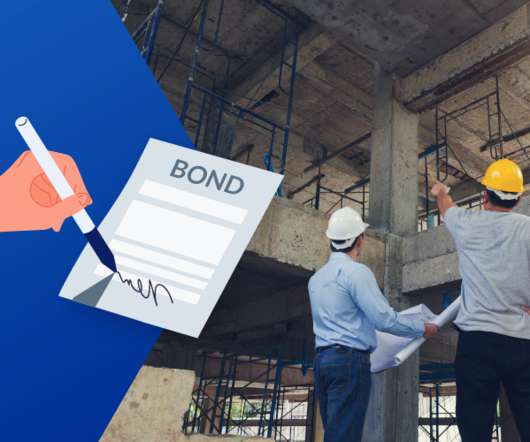Types of Capital for Construction Businesses
Levelset
JULY 25, 2022
Several different types of capital — working capital , debt capital , and equity capital — are common in the construction industry. For most businesses, working capital will be front of mind, but debt capital and equity capital serve important purposes as well. Debt capital. 3 types of capital for construction. Working capital.

















Let's personalize your content